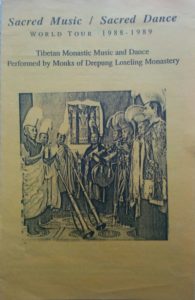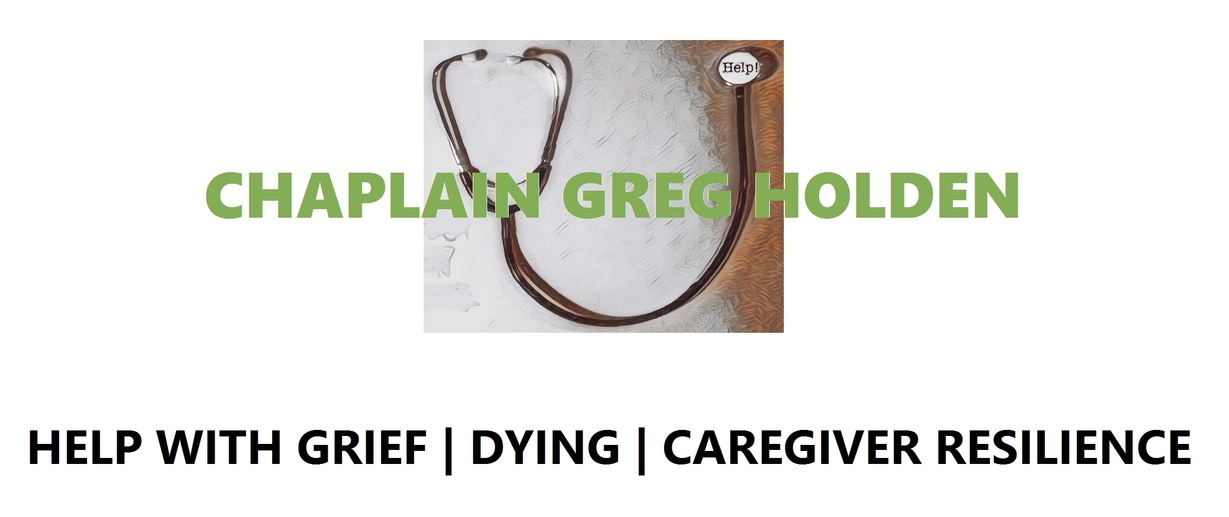 One good thing about working at the University of Chicago was the number and range of cultural events that took place on campus and in the neighborhood. I was in a Javanese gamelan group for a while. There were classes in Ikebana flower arranging, choral concerts, poetry readings. And on this day, a concert by Tibetan monks. I stayed after work and went to it.
One good thing about working at the University of Chicago was the number and range of cultural events that took place on campus and in the neighborhood. I was in a Javanese gamelan group for a while. There were classes in Ikebana flower arranging, choral concerts, poetry readings. And on this day, a concert by Tibetan monks. I stayed after work and went to it.
Perhaps I went because they were to be introduced by the actor Richard Gere. Perhaps that’s why the hall was absolutely packed. I wrote:
“A suitably gray, introspective type of day. Tremendous overflow crowd snaking through hall. Guy behind me talking about home renovation. Richard Gere has perfectly gray hair. Have all these people come to hear the music of the unconscious?
“Although I went to this thinking that I would test my theory about the unconscious, I was more interested in the large crowd and the feeling I got from being with them–an indescribable good feeling that thee were all good people, interesting people, and that this was the right place for me to be. ‘It’s something different,’ the girl in front of us said. That was true; it was something away from everyday life, a break from the mundane, a time to pause and connect with ‘god’ in the sense of universal bliss or self-awareness or whatever–which has nothing to do with everyday life. That is what church never did for me, yet should have been. It started out as something mysterious and foreign but became less and less so. Doing the mass in English was the first big change. Then turning the altar to the front. Then guitar music, deacons, shaking hands–god knows what they have now. They probably have group discussions and hug-fests in the middle of the service. That’s why it became dead for me.
“That shivering, resonating shiver when something is really right, when I am learning something. I got it quite often that night.
“As to whether Western music is music of the ego and the chanting of Tibetan monks is music of the unconscious, I’m not sure. It feels that way, but I have no way to test it. I suspect that many of the people who went to the concert felt better for it but could not tell you exactly why–because it did not reach them on a conscious, verbal level. If that was the way they looked at it, they would say, ‘That’s weird,’ or ‘I can’t follow it.’ But if they forgot that barrier of consciousness, and let it speak to their unconscious, I think it does touch us there, and that is why we feel better about it. Because, for a change, our conscious set o ‘ears’ has been entertained, not the conscious set.
“It demonstrated the value of mass ritual–the energy and excitement gained from the group, with it loss of emphasis on individual concerns. so that one is open to more universal things–and the escape from the transitory world of everyday pain and suffering; the opening out into the wider sphere of the collective unconscious. Mad me realize how far away from that I had come, how I never got that sense in all the Catholic masses I had gone to.
“The popularity of this is hard to explain except to say that it touches something universal that we long for and that is connoted by the words ‘lama’, ‘Tibet,’ ‘mystical,’ etc.–that turning to the East that we are slowly doing in our culture. Not revealing something to people but touching something that is already there inside–people who know nothing of this would be unlikely to spend $10 to come to it.”
I am sure when I got home I told my wife very little of this. She was a Lutheran and didn’t want images of Buddha put up around the house.




